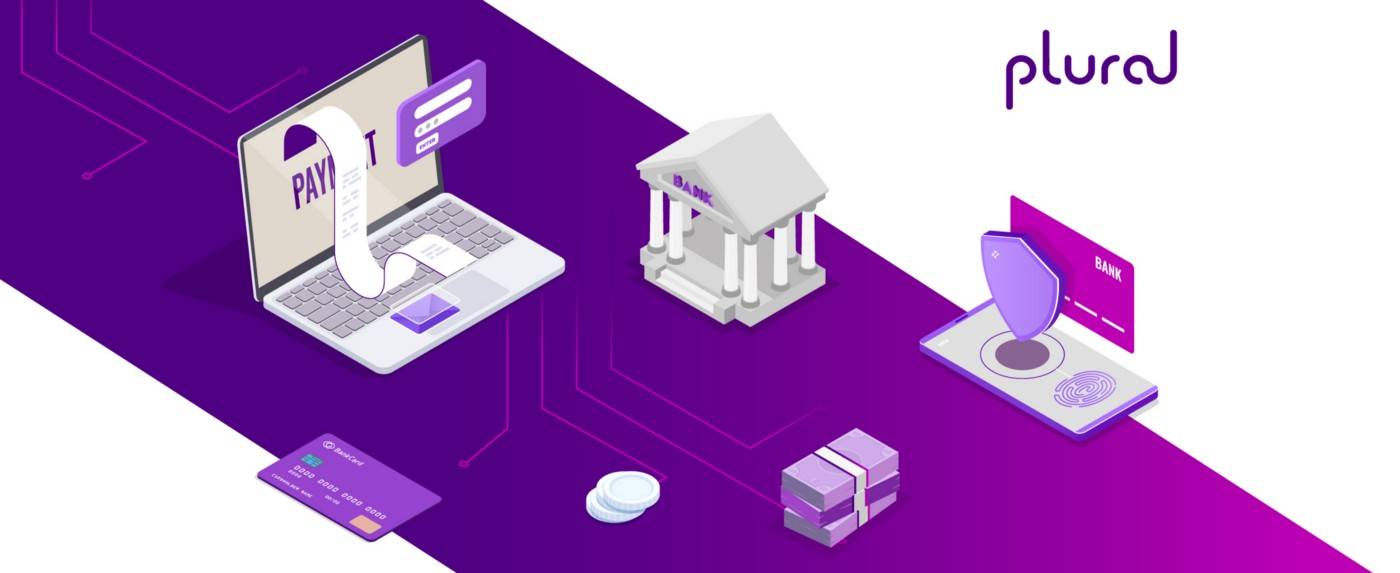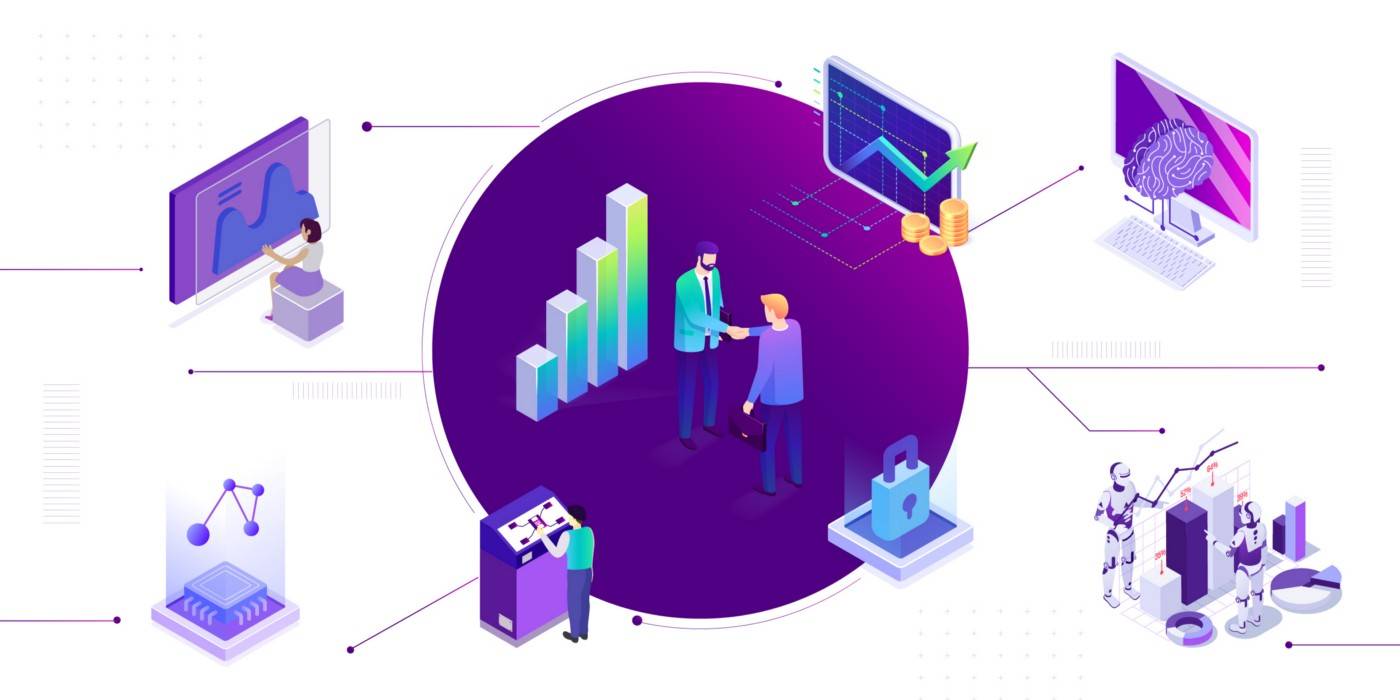Introducing The Design Guidelines at Plural
At Plural, a set of core principles guides our design approach. These design guidelines are the foundation for our product development, emphasizing user-centricity, transparency, quality, and simplicity. Let us explore these principles before delving into our product design process.
⦿ User-centric: Our primary objective is to create genuinely practical solutions. Placing user needs at the core of our design process ensures a seamless and intuitive user experience.
⦿ Aesthetic Excellence: We understand the significance of visual design in enhancing user engagement and trust. Our designs not only offer functionality but also provide an aesthetically pleasing experience, fostering user satisfaction.
⦿ Transparency and Trust: Trust is paramount in the financial sector. Our design approach revolves around honesty and transparency, ensuring users have a clear understanding of the processes and transactions.
⦿ Quality and Longevity: Delivering high-quality solutions built to deliver lasting value. Our designs prioritize durability, providing users with enduring value and reliability.
⦿ Simplicity and Efficiency: In the landscape of financial transactions, we prioritize simplicity. Our goal is to streamline payment processes, remove unnecessary complexities, and promote an efficient and user-friendly experience.
Let us explore the product design process and delve into two distinct situations: one where we follow the design thinking process and another where we opt for a quick iterative approach for quick design turnarounds.
First – The Ideal Design Thinking Process
Design thinking is a human-centered approach to problem-solving, placing empathy and user needs at the forefront. Here is how we apply it at Plural:
Empathize
We begin by understanding the problem from the user’s perspective, gathering genuine qualitative data through user interviews, surveys and feedback analysis. This step helps us identify users’ pain points and identify improvement opportunities.
Define
Once we gather data, we define the core problems that are to be solved. We must define well-structured problem statements that will guide us in driving design decisions.
Ideate
During the ideation phase, the product, tech, and business teams collaborate to brainstorm viable solutions around the defined problems, encouraging creativity and seeking novel ideas.
Prototype
With ideas in hand, we create design prototypes, starting with paper sketches or wireframes and progressing towards realistic product mockups. The goal here is to test our design concepts rapidly.
Test
We facilitate product review workshops with our users, gathering early feedback to refine our prototypes further. This step is iterative and often requires multiple rounds of refinement to align our solutions with what users need.
Build
After validating our design through testing, we move to the implementation stage, closely collaborating with the development team to ensure the final product aligns with the design vision.
Second – The Rapid Iterative Approach
In situations where we need to rapidly address product issues or adhere to immediate regulatory guideline changes, we opt for our rapid iterative approach. Here is how we handle such situations.
Define the Problem
In a quick iteration scenario, we begin by clearly defining the problem, focusing on the most critical aspects and keeping our efforts targeted.
Rapid Ideation
Instead of lengthy brainstorming sessions, we opt for quick ideation. Team members contribute ideas swiftly, often building upon each other’s suggestions.
Fast Prototyping
For rapid iterations, we create high-fidelity prototypes, bypassing low-fidelity stages to visualize the product more realistically and gather immediate feedback.
Design Review Workshop
We conduct a condensed feedback session with our internal team and a handful of users, emphasizing speed and addressing key concerns. At this point, we understand that some refinements may occur post-launch.
Agile Implementation
To meet tight timelines, we employ an agile development process, ensuring that the design aligns with the development efforts.
When to Choose Which Approach
The decision to follow the ideal design thinking process or opt for a quick iterative approach depends on factors like the timeline, the criticality of the problem, and impact.
Design thinking is best suited for complex, user-centered challenges with ample time for research and multiple iterations. In contrast, the quick iterative approach is ideal for projects with tight deadlines, minor enhancements, or situations where speed is paramount, enabling us to make rapid improvements and respond to immediate needs.
At Plural, our design process is flexible, allowing us to adapt to the unique demands of each project. Whether meticulously following design thinking or sprinting through quick iterations, our goal remains to solve for users’ needs.

Product at Plural by Pine Labs



